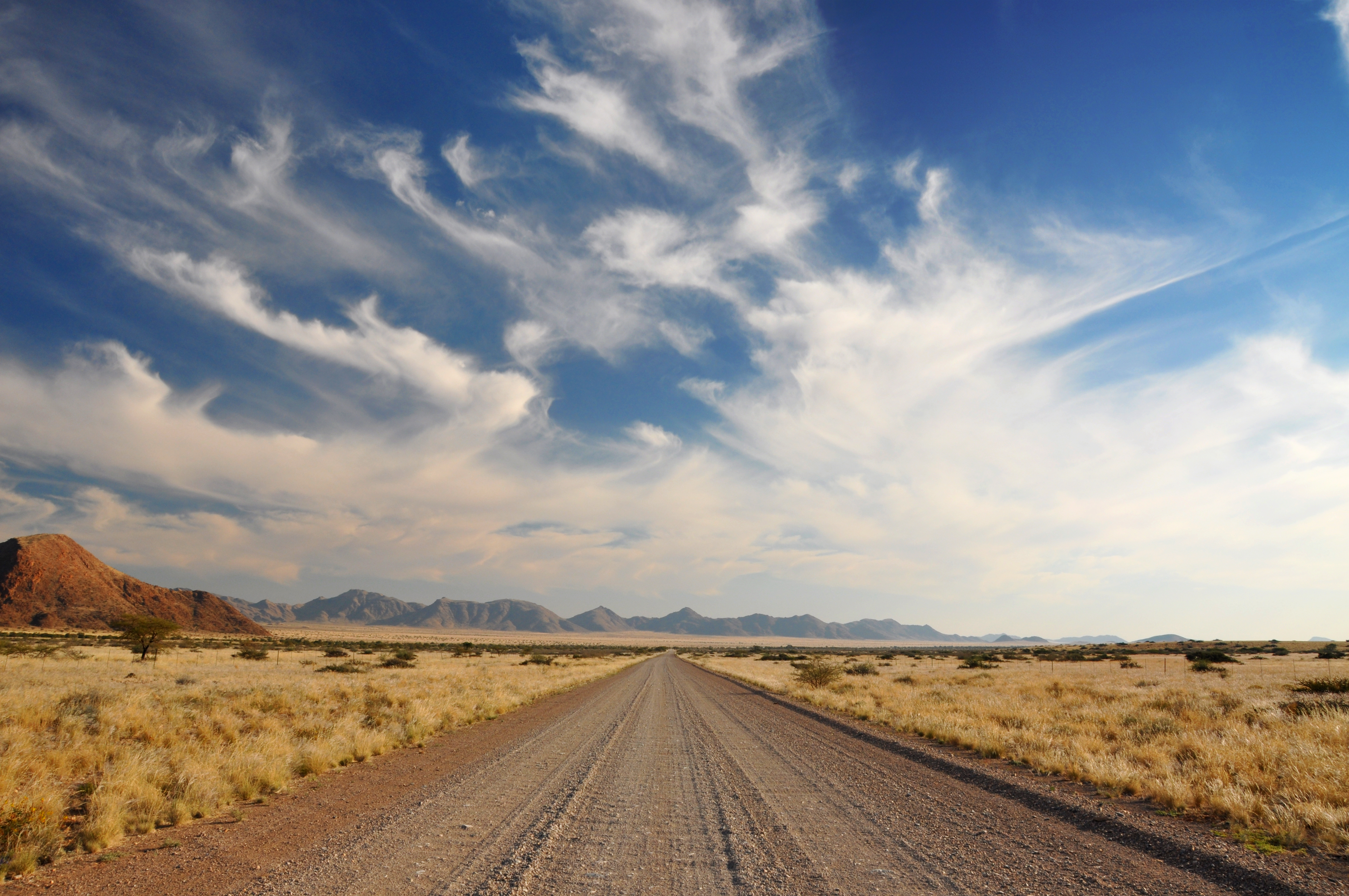The History of Indian Motorcycle: Part 1
Jan 16th 2018

In our previous blogs, we explored the fascinating history of Harley-Davidson motorcycles, from the men who started the company in a small Milwaukee shed to the role of Harley-Davidson in World Wars I and II. If you missed those posts, be sure to check them out when you’re done reading this blog! While Harley-Davidson motorcycles are probably what comes to most people’s minds when they hear the word “motorcycle,” Indian Motorcycle has an equally interesting history, and the popularity of Indian motorcycles has been growing in recent years. Whether you’re a fan of Harley-Davidson or Indian Motorcycle, the history of each company is something that every motorcycle enthusiast should know a bit about.
RC components is your go-to retailer for aftermarket motorcycle wheels, exhaust pipes, and a variety of aftermarket motorcycle modifications. From forged wheels to slip-ons for the Indian Scout, RC Components carries everything you need to customize your Indian bike – browse our inventory online today, and don’t hesitate to contact us with questions!
George M. Hendee
Our story begins on October 2, 1866, in Watertown, Massachusetts, with the birth of George M. Hendee. Hendee was an avid bicycle racer, with his interest in bicycles and mechanics piquing at the age of 16. Bicycles had been used in America since the early 1800’s, but the early 1900’s were when the bicycle began to become widely available to and used by the public. Hendee began participating in bicycle races in 1882, and he quickly became one of Massachusetts’ top racers. According to the American Motorcycle Association Hall of Fame, Hendee won 302 of the 309 bicycle races he participated in – that’s a whopping 95 percent success rate!

The history of Indian Motorcycle begins in 1897, just four years prior to William Harley’s development of a blueprint for a bicycle with an engine. Hendee founded the Hendee Manufacturing Company, and his company focused exclusively on bicycle production. Hendee’s racing success had catapulted him into the spotlight of the bicycle world, and his reputation as a talented racer would play a key role in the success of his brand. Among the models Hendee produced, the American Indian was a particularly fast and reliable bike that was often referred to as “Indian.” Hendee’s success with the Indian bicycle prompted him to change his brand’s name to match the name of his most popular model, and 1897 was the year that Hendee changed the name of his company from “Hendee Manufacturing Company” to Indian.”
Indian Motorcycle’s Early Years
A man named Oscar Hedstrom was recruited by Hendee in 1900 to help him with the development of a bicycle that utilized a gasoline engine. Like Hendee, Hedstrom was a successful and popular bicycle racer with an interest in engineering and manufacturing. He had worked with watches in his youth, and he was well-versed in forging and metalwork. Hendee and Hedstrom began to produce gasoline-powered bicycles in 1901, though the bicycles were not available to the public until 1902.
In 1902, an Indian motorcycle took first place in an endurance race beginning in Boston and ending in New York City. Indian Motorcycle’s success in this race established the brand as a reliable and high-performing manufacturer. In that same year, Indian Motorcycle sold its first motorcycle to a member of the public. The public availability of Indian motorcycles exponentially increased their popularity, and the production of Indian motorcycles subsequently increased greatly.
Stay tuned for the next posts in our series, in which we’ll be exploring the rise of Indian Motorcycle as well as the company’s invaluable role in World Wars I and II. Shop RC Components online today for a wide variety of aftermarket motorcycle modifications!

